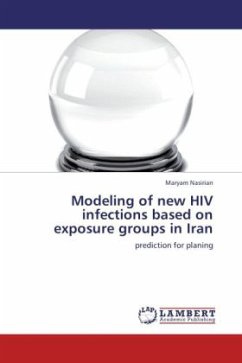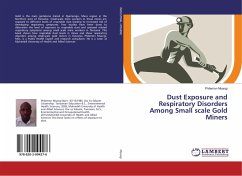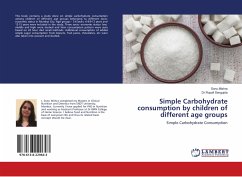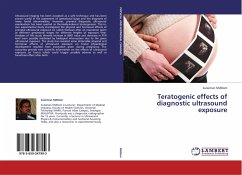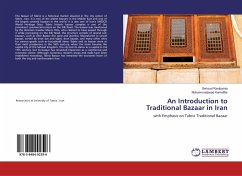Conducting research on HIV/AIDS related topics in developing countries in particular, is not easy. Most of the people who are at risk of infection are hidden and hard-to-reach for a number of reasons such as physical, behavioral, and cultural barriers. Apparently, the incidence of HIV infection in Iran cannot be estimated with current epidemiological methodologies and a new approach should be considered. Modeling is one of the ways to solve the problems appearing in the real world. Modeling makes it possible to measure the current status indirectly, and provide predictions for the most anticipated deals. Therefore, using this approach in the field of HIV/AIDS seems to be a highly beneficial approach and has spread worldwide. Several types of modeling can be performed depending on the desired outcome. Some models have been designed to estimate the prevalence and incidence of HIV infection. One of the ways to estimate the incidence of HIV is the MOT (modes of transmission) model. This model was designed in 2002 in Bangkok, evaluated in early 2003and then reviewed and amended in 2005. Finally, MOT was considered as one of the modeling techniques in WHO /UNAIDS.
Bitte wählen Sie Ihr Anliegen aus.
Rechnungen
Retourenschein anfordern
Bestellstatus
Storno

